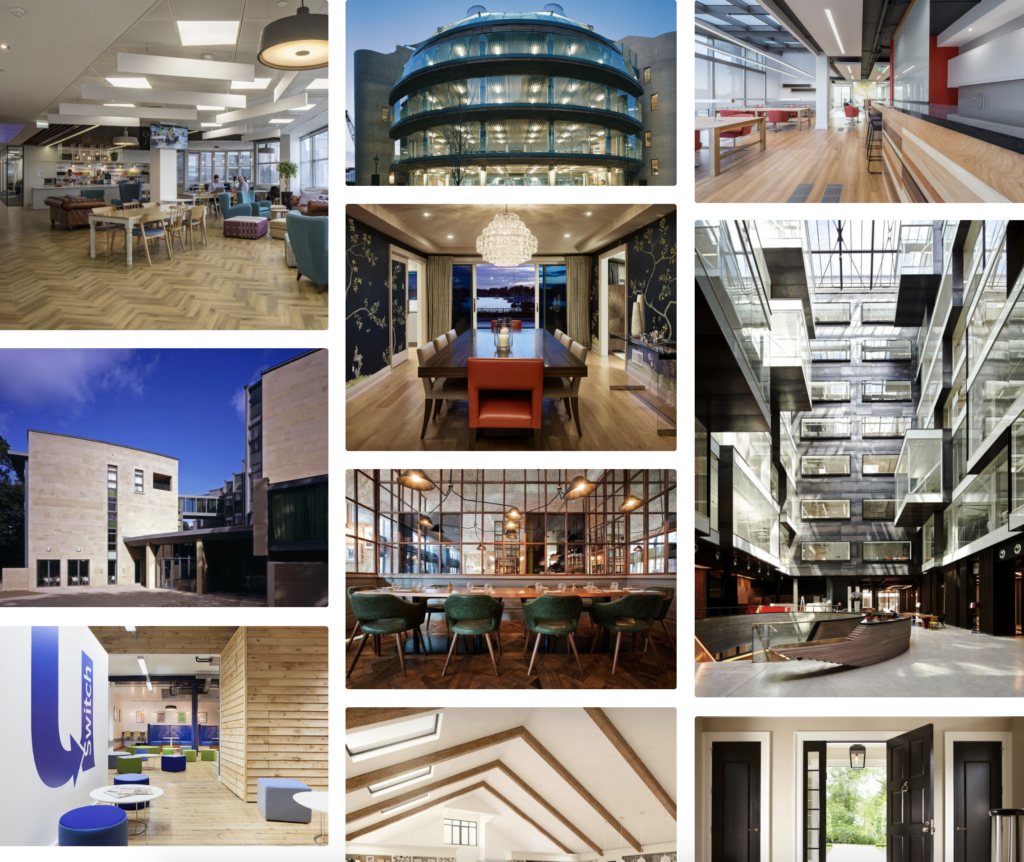Aiming to connect architectures and consultants with potential clients on an online hub, Savannah de Savary is building what, she hopes, will be the Shazam of property.
What are the details of the company, when was it founded and why? What is the goal of the company?
Built-ID aims to transform the $212 trillion global property market through innovation, forging new ways for people to connect, create, collaborate and engage with built environment projects.
I was inspired to launch Built-ID in 2015 when I found that accessing data critical for developing real estate projects was a lengthy process often limited by who you know rather than what you know. The firm aims to democratise the property sector, making this data accessible to all players, large and small, creating a level playing field for winning new contracts.
Industry users can also instantly access project inspiration and create central collaboration zones for shared working.
In addition, the platform provides an ideal way for developers to engage with the community and showcase new projects, giving a voice to the often disenfranchised and ultimately leading to the creation of buildings that people truly want.
How much initial investment did the company need to start and where did it come from?
To get started the company initially just had me every weekend learning about UI/UX design, wireframing and meeting all the potential users I could to make sure I was on the right track. Once I had the concept wireframed and felt confident we were onto something special, I raised an initial £150,000 in a friends and family round.
Two of the main angels in this round were property developers based in NYC, where I worked, who had experienced the same frustrations I had throughout their careers and immediately saw how Built-ID could solve them. The money was used to hire front and backend developers so that we could build the first beta product.
What marketing did the company employ to maximise exposure?
The beauty of Built-ID is that it is self-generating. Like other fremium and networking sites such as LinkedIn, the more people and companies that join, the more that others are enticed to join and the greater the benefits that can be delivered to all.
We’ve also been successful at accessing the networks of our heavyweight investors which include Nick Leslau, Nigel Wray and PiLabs to the tune of $1.1 million last year.

Talk about the company’s growth trajectory, from being founded to establishing revenue, to covering costs, to moving into profit.
There is no fee for joining and uploading onto the platform. The more people who join, the greater the value of the Built-ID database.
This, in turn, allows Built-ID to charge users for access to use the SaaS features these include The SandBox: private collaboration zone and precedent library and The Mapping Tool: instant knowledge of the creators behind spaces.
In the last few months, Built-ID has secured several clients who have committed to pay for the new Community Engagement Tool, as soon as it is ready to launch.
Built-ID is growing rapidly, with over 1,000 customers, an average of 32 new members per month. The generated project image library stands at nearly 170,000, growing on average by 7,000 images each month.
See more:
Entrepreneur interview: Florent Malbranche, CEO & Founder, Brigad
The Starling Bank CEO on why raising money for a bank is different
Entrepreneur interview: Nakul Sharma CEO of Hostmaker
How important is an inspirational figurehead to a scale-up company?
More important than an ‘inspirational figurehead’ is being someone who is prepared to get in the trenches with their teams and face everyday challenges together. If you show yourself to be passionate and committed, you are more likely to see those qualities in your staff.
My goal is to create a “meritocratic” environment where team members are both supported and rewarded. The company operates with a fairly flat structure and everyone has an opportunity to contribute their ideas with team meetings and regular 1:1s.
What specific advice would you give to scale-up companies looking to build their company to exit?
As one such company, I am figuring out the right advice as I go! What I’ve learned so far is that you should know your KPIs and keep focused on them. Also, don’t be afraid to take a step back and look at the bigger picture now and then, to make sure you are still on track or how you might be able to do things better.
Find out more: Build-ID






